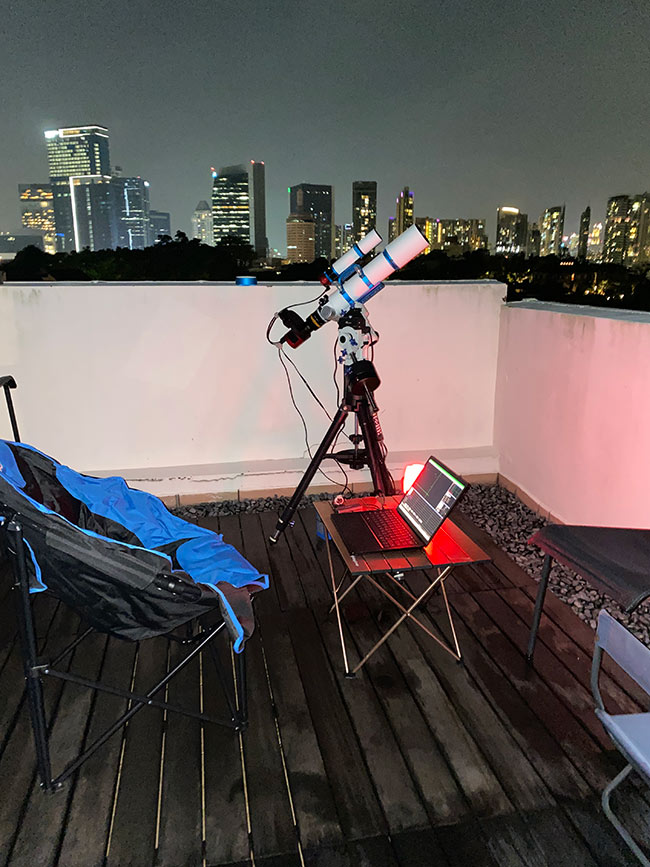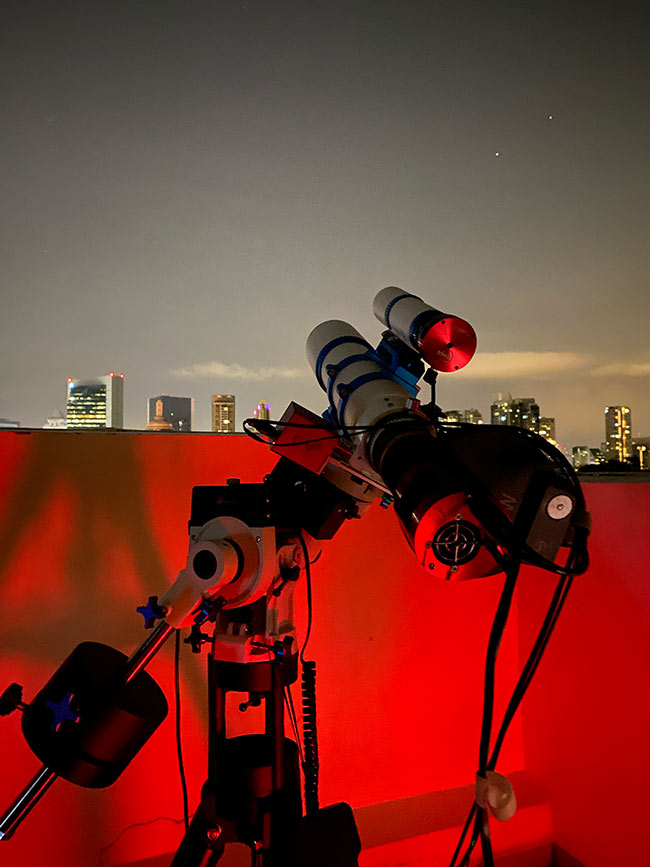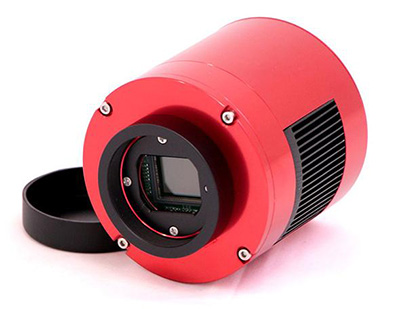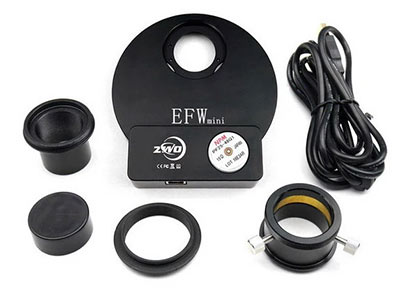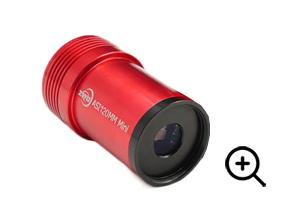Backyard of the Week | September 20, 2021
The AstroBackyard Backyard of the Week highlights astrophotography setups from around the world. A “backyard” can be a balcony, driveway, garden, or wherever else you set up astrophotography equipment at home.
By taking a behind-the-scenes look at the equipment amateur astrophotographers use to take deep-sky images, you can get a better understanding of the process.
This week’s backyard astrophotography equipment profile comes to us from Lily Yeo in Singapore.
Location: Singapore
Lily Yeo
Lily is a talented astrophotographer who has not let her light-polluted skies define her. In fact, judging by her impressive image gallery on Instagram, you would never know she was capturing her images from a Bortle Scale Class 9 location in the heart of the city.
Her natural artistic flair is evident in her astrophotos, as each one possesses an indefinable appeal. The following image of NGC 6188 in Ara is a fine example of Lily’s careful processing and mastery of the acquisition process.
Rim Nebula by Lily Yeo
Lily’s Equipment
| Primary Imaging Camera | ZWO ASI1600MM Pro |
| Primary Imaging Telescope | William Optics Zenithstar 81 |
| Telescope Mount | iOptron CEM25p |
| Filters | Optolong Filter Set |
| Guide Scope | William Optics 50mm |
| Guide Camera | ZWO ASI120mm Mini |
| Camera Control Software | Sequence Generator Pro, ASIAIR Pro |
What does Lily love most about her gear?
“I just started out Astrophotography in 2020 after I bought the telescope and mount second hand. That helped keep the cost down a little since astrophotography isn’t cheap.
My Z81 has an effective focal length of 450mm with the reducer, so it’s able to cover quite a lot of targets to keep me busy.
As clear nights are quite unpredictable in Singapore, portability and the ease of setting up are also critical factors. So my imaging setup is a good combination of portability and decent image quality.”
Lily’s Rooftop Setup
The Camera
The ZWO ASI1600MM Pro has been around for a few years now and shows no signs of slowing down in popularity and regular use. This monochrome dedicated astronomy camera captures dynamic 16 MegaPixel images, one filter at a time.
Through her 559mm focal length telescope, Lily enjoys a healthy image scale of 1.4 arcseconds per pixel with this camera. She uses narrowband filters to ignore a bright city sky, and collect useful signal on her deep-sky targets
ZWO ASI1600MM Pro
From Lily’s location, a monochrome astronomy camera like the ASI1600MM Pro is best. This allows her to maximize the light she is able to collect in each narrowband exposure.
The depth, color, and detail Lily is able to achieve from her rooftop setup are inspiring. It is truly amazing that astrophotography can be enjoyed from such a challenging location.
Lagoon and Trifid Nebula by Lily Yeo
The Filters
To filter out the glaring skies of downtown Singapore, Lily uses Optolong narrowband filters (SHO) inside of her ZWO EFW (electronic filter wheel).
Narrowband filters are a city astrophotographers best friend. They help isolate the most important wavelengths of light associated with many of the most spectacular deep-sky objects.
For broadband imaging projects, Lily uses a full set of Optolong LRGB filters to build full-color images with her monochrome camera.
Optolong LRGB, SII, H-Alpha, OIII filters
When shooting with a monochrome dedicated astronomy camera, you’ll want to use an electronic filter wheel to easily swap filters depending on the project. The ZWO EFW is about as easy as it gets, and reliably controls the current filter position, and allows you to automate a sequence of exposures through an entire imaging session.
The ZWO EFW (5 x 1.25″ filters)
The Telescope
I believe one of the reasons Lily has been so successful in astrophotography in such a short time, is that she started with the right telescope. The William Optics Z81 is a doublet refractor telescope with premium optics and a focal length of nearly 600mm.
The Z81 is compact, and lightweight yet has enough light-gathering power to resolve impressive details on smaller targets in the night sky. The Zenithstar package includes the handy diffraction spikes Bahnitonv mask in the lens cap, and a handy mounting handle for a guide scope.
William Optics Zenithstar 81
- Type: Refractor
- Diameter: 81mm
- Focal Length: 559mm
- Focal Ratio: f/6.9
- Weight: 7.78 lbs (3.53 kg)
William Optics Z81
The Telescope Mount
The iOptron CEM25P is a center-balanced GoTo computerized equatorial telescope mount with a maximum payload capacity of 27 pounds. This mount offers a great balance between portability and function, which is extra important when setting up on a rooftop patio.
The CEM25P has been discontinued, but the iOptron CEM40 would make for a solid replacement with more payload capacity and a few added benefits.
iOptron CEM25P Mount
The iOptron center-balanced equatorial mounts have a great reputation in the astrophotography community, and I personally enjoyed my experiences using the iOptron CEM60 a few years back.
The Guide Scope
Lily uses a simple William Optics UniGuide 50mm guide scope to autoguide her deep-sky imaging sessions on the rooftop. This is great news for anyone wondering if a 50mm guide scope and an entry-level guide camera (ZWO ASI120MM Mini) are enough to successfully autoguide under extreme conditions.
William Optics 50mm Guide Scope
The Guide Camera
The ZWO ASI120MM mini is one of the easiest and most affordable ways to get started in autoguiding. This little monochrome CMOS astronomy camera features a sensitive high-frame-rate (35 FPS) sensor that can also be used for planetary imaging.
ZWO ASI120mm Mini
Thank you for sharing your backyard astrophotography set up with us, Lily! You can view her astrophotography on Instagram.
Be sure to fill out the form to submit your backyard for a chance to be featured, and don’t forget to include your Instagram handle to help grow your following.
View the Backyard of the Week Archives
